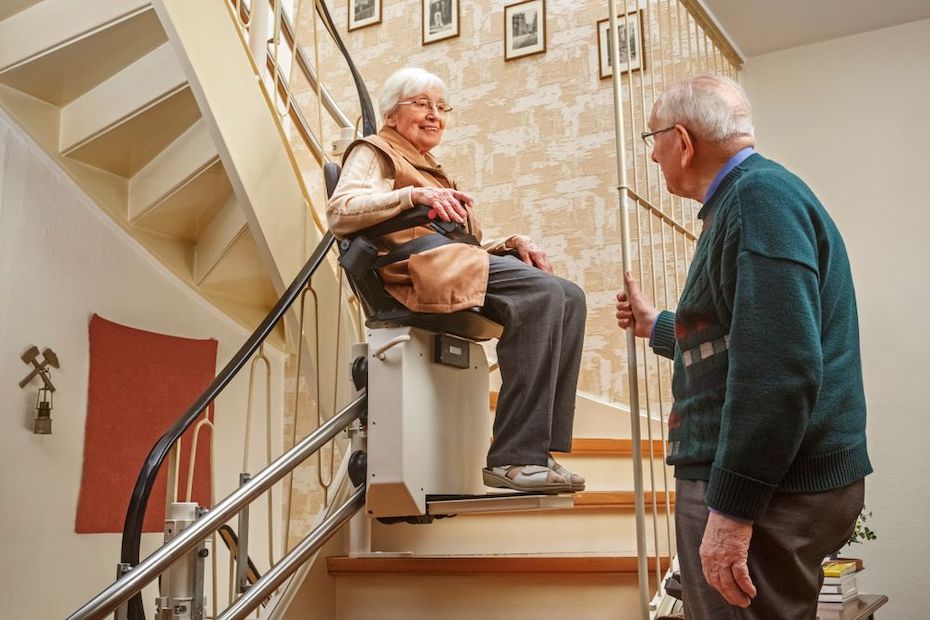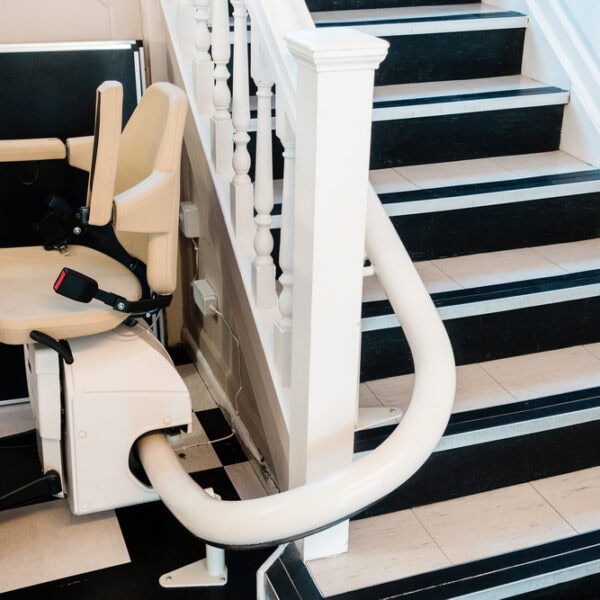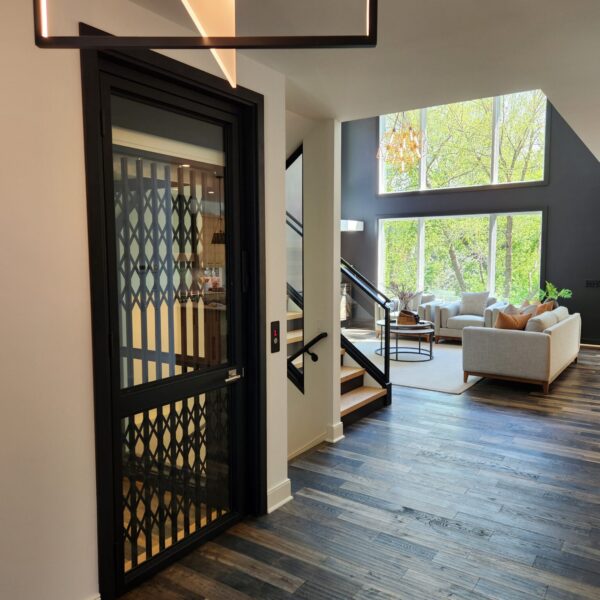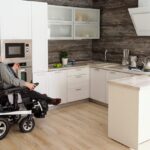
Universal Design for Everyone: 10 Benefits of Handicap Accessible Home Modifications for All Ages
January 14, 2025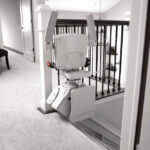
Making the Right Choice: Stair Lift or Home Elevator – Finding the Best Solution for Your Home
February 4, 2025Aging is an inevitable part of life, but maintaining independence doesn’t have to be compromised. Aging in place—the ability to live safely and comfortably in your home as you age—is a goal for many seniors. This lifestyle choice promotes independence and ensures that your living environment adapts to your changing needs. However, this requires thoughtful planning and sometimes significant home modifications. Assessing your home for aging-in-place upgrades is the first step in creating an environment that promotes safety, accessibility, and long-term comfort. This guide will explore how to evaluate your home and identify key areas where improvements can significantly impact.
Why Assessing Your Home for Aging-in-Place is Essential
The idea of aging in place is more than a lifestyle choice—ensuring that your living environment adapts to your changing needs. As mobility, strength, and vision evolve, homes designed for younger, more able-bodied individuals may no longer be safe or practical. Here are some reasons why assessing your home is essential:
- Preventing Accidents: Falls are one of the leading causes of injury among older adults. Identifying and addressing hazards like loose rugs, slippery floors, or poorly lit areas can significantly reduce this risk.
- Promoting Independence: Accessibility upgrades—such as wider doorways, grab bars, and stair lifts—allow seniors to move freely and complete daily tasks without assistance.
- Improving Quality of Life: A well-adapted home fosters comfort and provides a sense of security and peace of mind. It allows seniors to focus on their well-being rather than worrying about safety concerns, offering reassurance in their daily lives.
- Saving Costs Long-Term: Making modifications proactively can prevent the need for costly medical treatments or relocation to assisted living facilities later.
Key Areas to Evaluate in Your Home
Assessing your home involves a room-by-room evaluation to identify potential hazards and areas for improvement. Below are the key spaces to focus on:
- Entrances and Exits:
- Is your entryway free of steps, or can a ramp be installed?
- Are doorways (typically at least 36 inches) wide enough to accommodate walkers or wheelchairs?
- Is there adequate lighting outside for nighttime visibility?
- Living Areas:
- Is furniture arranged to provide clear walking paths?
- Are electrical cords tucked away to prevent tripping?
- Is flooring slip-resistant? Consider replacing rugs with non-slip mats or carpeting.
- Kitchen:
- Are cabinets and shelves easily reachable without using a step stool?
- Can appliances be operated without bending or excessive reaching?
- Would pull-out shelves or a wall-mounted microwave improve accessibility?
- Bathroom:
- Does the shower have a non-slip surface, grab bars, and a handheld showerhead?
- Would a walk-in tub or roll-in shower make bathing safer?
- Are toilets at a comfortable height for easy use?
- Bedrooms:
- Is the bed height appropriate for easy transfer in and out?
- Are light switches and outlets easily accessible from the bed?
- Is there enough space for a walker or wheelchair?
- Stairs and Hallways:
- Are stairs equipped with sturdy handrails on both sides?
- Would a stair lift or elevator be necessary?
- Are hallways well-lit and free of clutter?
Tools to Help You Conduct a Home Assessment
Conducting a thorough home assessment can seem overwhelming, but some tools and resources can make the process easier:
- Checklists: Numerous aging-in-place organizations, such as AARP, offer comprehensive home assessment checklists. These tools guide you through each room and detail specific features to evaluate.
- Certified Aging-in-Place Specialists (CAPS): These professionals are trained to identify potential issues and recommend tailored modifications. Hiring a CAPS expert ensures nothing is overlooked.
- Home Safety Apps: Technology can simplify assessments. Apps like “HomeFit” by AARP provide interactive tools to analyze your home and offer upgrade suggestions.
- Family and Friends: A second pair of eyes can be invaluable. Invite trusted family members or friends to help you spot potential hazards you may have missed.
Practical Aging-in-Place Upgrades to Consider
Once you’ve completed your assessment, it’s time to prioritize upgrades based on your current and future needs. Here are some of the most impactful modifications:
- Entrance Modifications:
- Install ramps or zero-step entries.
- Replace traditional door handles with lever-style handles for easier grip.
- Bathroom Upgrades:
- Add grab bars near the toilet and inside the shower.
- Install a comfort-height toilet to reduce strain on the knees and back.
- Consider anti-scald devices to prevent burns from hot water.
- Lighting Improvements:
- Increase lighting in stairways, hallways, and bathrooms.
- Use motion-sensor lights to eliminate the need to fumble for switches at night.
- Flooring Changes:
- Replace slippery flooring with slip-resistant materials such as vinyl, cork, or textured tile.
- Remove trip hazards like thick rugs or uneven thresholds.
- Technology Integration:
- Smart home devices, like voice-controlled lights and thermostats, can enhance convenience and safety.
- Medical alert systems provide peace of mind in case of emergencies.
Creating a Plan for Aging-in-Place Modifications
After identifying the necessary upgrades, creating a step-by-step plan is important. Here’s how to get started:
- Prioritize Needs: Start with critical safety upgrades, such as bathroom modifications or better lighting. Then, address mobility and convenience issues.
- Set a Budget: Research the costs of materials and labor. Consider grants, loans, or programs that help fund aging-in-place modifications.
- Hire Professionals: Look for contractors with aging-in-place certifications to ensure high-quality and ADA-compliant work.
- Timeline: Break the project into manageable phases, starting with the most urgent changes.
- Monitor and Adjust: Reassess your home periodically as needs evolve. Aging in place is an ongoing process that requires flexibility.
Planning for aging in place is an empowering step toward maintaining independence and enhancing quality of life. By thoroughly assessing your home and making strategic upgrades, you can create a safe, accessible, and comfortable environment for years to come. Remember, you don’t have to navigate this process alone. Whether you rely on family, friends, or certified professionals, CAPS Remodeling is available to help you age in place gracefully and confidently.

Introducing Jeff Cates, the visionary Founder and Owner of CAPS Remodeling. After experiencing a profound personal event involving his son in 2007, Jeff was inspired to serve a higher purpose: to create safer, more comfortable, and independent living conditions for the elderly and disabled by modifying their current homes. Jeff’s deep-seated religious beliefs form the moral compass that steers CAPS daily operations. Apart from his unwavering dedication to his work, Jeff finds joy in boating and cherishing moments with his family.

